This is a reflection of the work I have done at A-Level photography, and I will mention the areas of my study that I think showcase my best work, as well as the areas that I find are most significant.
Themes
Romanticism
Romanticism was an artistic, literary, musical, and intellectual movement that originated in Europe towards the end of the 18th century, and in most areas was at its peak in the approximate period from 1800 to 1850. It began approximately during 1770, during the industrial revolution. Romanticism is often seen as the reaction to the developing urban world, and the negative impact it has on people. Romantics believed in the natural goodness of humans which is hindered by the urban life of civilization. They believed that the savage is noble, childhood is good and the emotions inspired by both beliefs causes the heart to soar.
Examples:


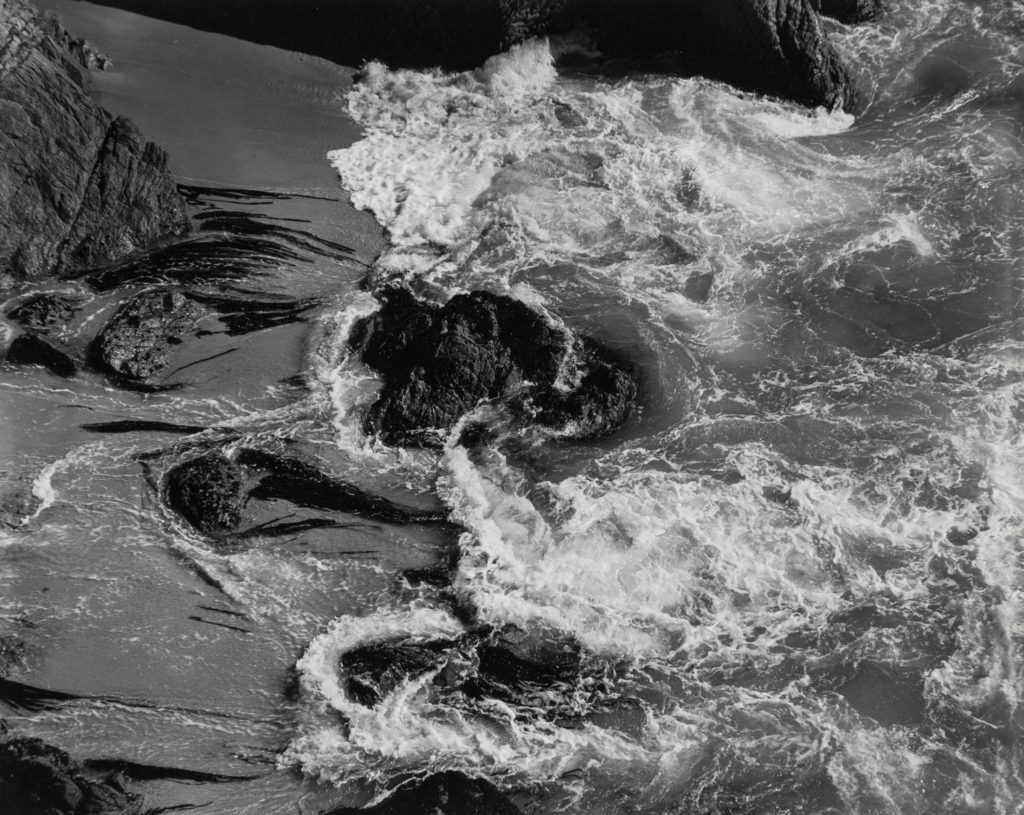
My Response:



Femininity/ Masculinity
The definition of ‘femininity’ according to Wikipedia is ‘a set of attributes, behaviours, and roles generally associated with women and girls’, however this definition has been criticised by many people throughout history, as it causes it to be a very general and constricting term. The idea of femininity is a social construct, and people are slowly realising (especially younger generations who are typically more open minded) how the term doesn’t only surround women- but people of all genders and it is slowly becoming a much more fluid term. Furthermore, the opposing word ‘masculinity’ is defined as ‘is a set of attributes, behaviours, and roles associated with men and boys’, the same definition but for men/ boys. Although some people believe there is one ‘correct’ definition of both femininity and masculinity, each culture has its own views on the terms, some of which even completely contradict each other. Moreover, any human can portray both feminine and masculine traits. Gender stereotypes link in a lot with femininity and masculinity, which can be very harming to both sexes, especially when the people surrounding them pressure them into presenting a certain way.
Examples:



My Response:



Summer project- Nostalgia and Family
For this project, I decided to focus on my grandad’s life. He was born in Bierna, Poland on the 9th of September, 1948. He grew up with his two sisters, Zofia and Krystyna, and his father Tadeusz and his mother Elżbieta, my great-grandparents. My grandma (my grandad’s late wife) was born on the 31st of January, 1949. They got married on the 31st of August in 1974 and they had my mum, Małgorzata, on the 28th of March 1976. My grandma sadly passed away on the 29th of August 1992, which left my grandad a widower. I looked through many photos of my grandad’s life as a young adult, even finding a photograph of him as a young child. I picked out photos in which he looked happy, either alone or with my grandma. During my holiday in Poland, I took pictures of my grandad and his environment, even recreating some of the photos from the past.
This is a project I enjoyed a lot, as exploring the past was very interesting to do. I wanted to focus on the life of my grandparents as young people, in contrast to the life of my Grandad as a widower. This is something I would like to add to for my personal investigation, as it links heavily to nostalgia.
Examples:



My Response:
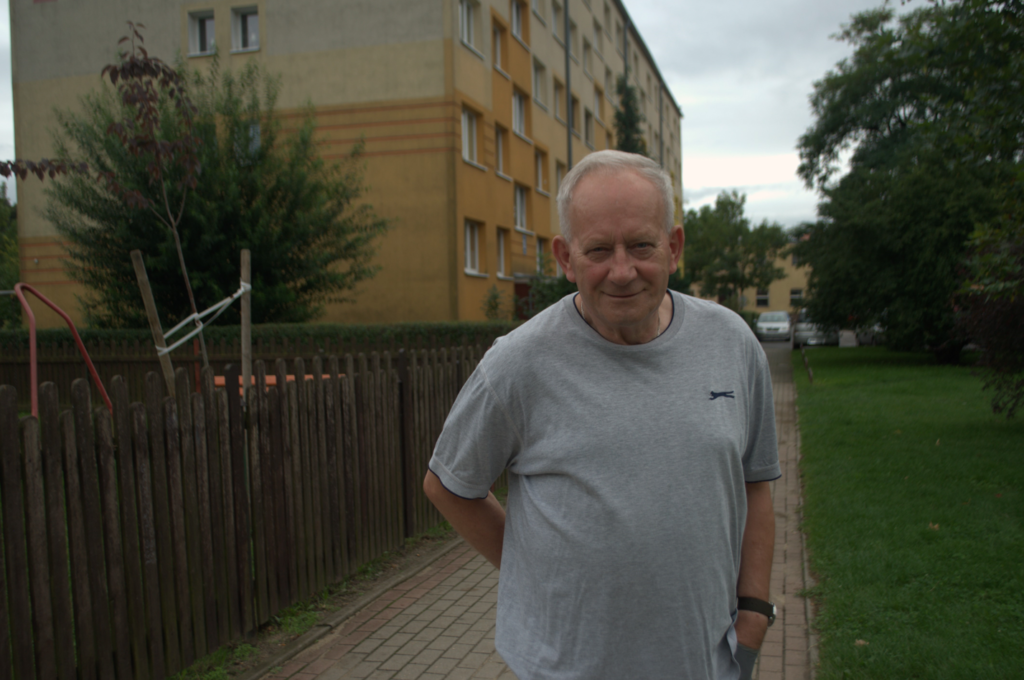


Mediums
Photographs
Photographs have been the main way we have used to create our projects.
My Response:

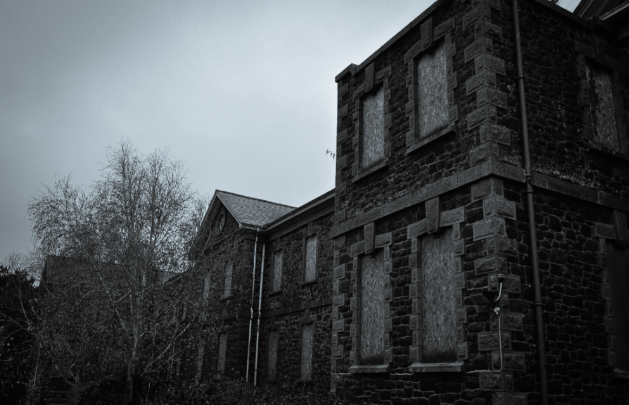

Film
For one project, Caitlin and I recorded a film as a way of presenting our work, which was an interesting experience.
My Response:
Artists
These artists are my biggest inspirations that I have researched during my A- Levels.
Stephanie Jung- Anthropocene
Stephanie Jung is a freelance photographer based in Berlin, Germany. In 2010 she finished her studies in Visual Communications, where she discovered her passion for experimental photography. She loves to travel all over the world, especially to big cities, to capture the vibrant and hectic mood of a place. But her work is not just about city life, it’s about time and caducity, about capturing special moments getting lost in time. Her extraordinary shots show cities that depict reality but nonetheless lead to a different, surreal dimension apart from our real world. With her camera, she does no more than 4 exposures. She believes anything more than that is hard to control and the pictures’ structure vanishes. Instead, she reworks the images, adding elements and editing them the way she likes.
Examples:



My Response:



Francesca Woodman- Femininity/ Masculinity
Francesca Woodman was an American photographer who created black and white pictures, capturing herself and other female models in interesting ways. Her photos show herself and other women either in unique outfits or stark naked, in weird positions. The photos mostly appeared to be blurred, since she used a slow shutter speed, letting more light in to create movement in a eerie way throughout her work. She was born on April the 3rd in 1958 and died on the 19th of January in 1981, aged just 22 years old. Despite her dying so young, Woodman has continued to inspire many upcoming photographers, being an icon of self- expression in photography. Her portraits portrayed her as vulnerable and isolated, but also intense and powerful, creating a interesting contrast.
Examples:
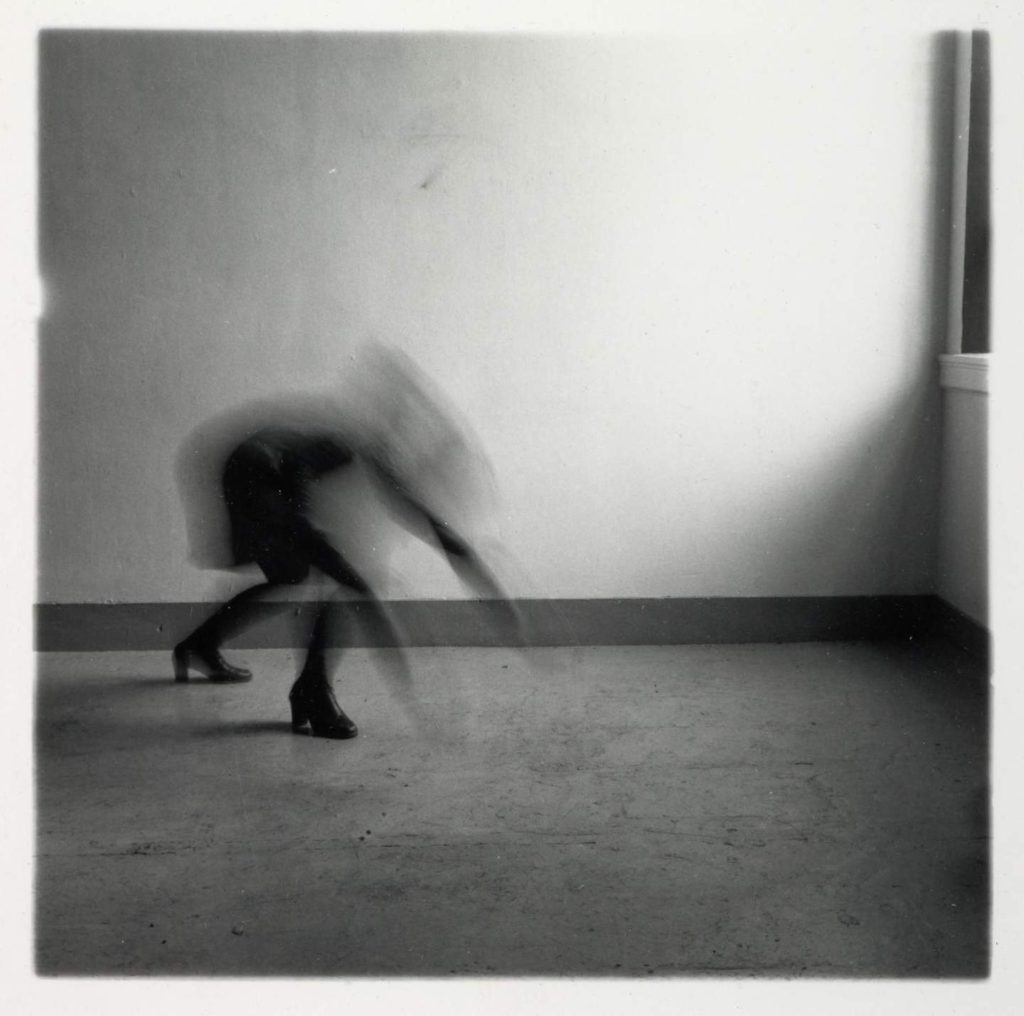
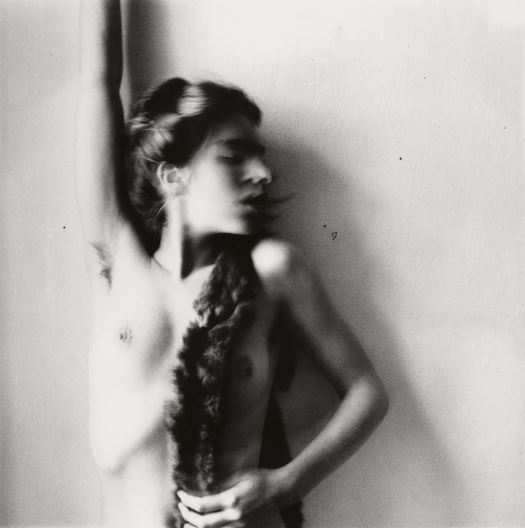

My Response:


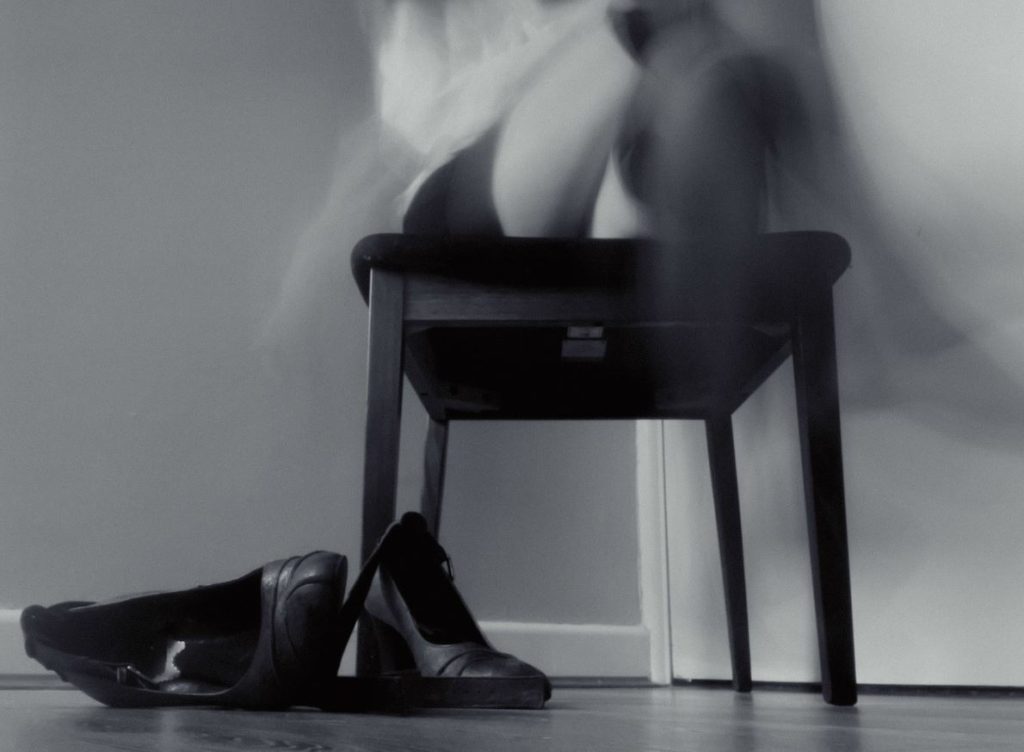
Photographic Skills
These are techniques that I will use in my personal in my personal study to assure my photos turn out the way I want.
Aperture
The aperture is a hole located in the camera’s lens that decides how much light is let into the picture, thus controlling the exposure of the outcome. Photographers can manually control the aperture by switching to ‘A’ or ‘AV’ mode and then changing the f/number using the dial on their camera. The lower the f-number, the bigger the hole, meaning it lets more light into the picture and it is a larger aperture. A very large aperture (such as f/2.8) can result in an overexposed image. On the other hand, the higher the f-number, the smaller the hole, meaning less light is let into the photo and the aperture is lower. A very low aperture (for example f/22) can result in an underexposed image.
Experimentation:


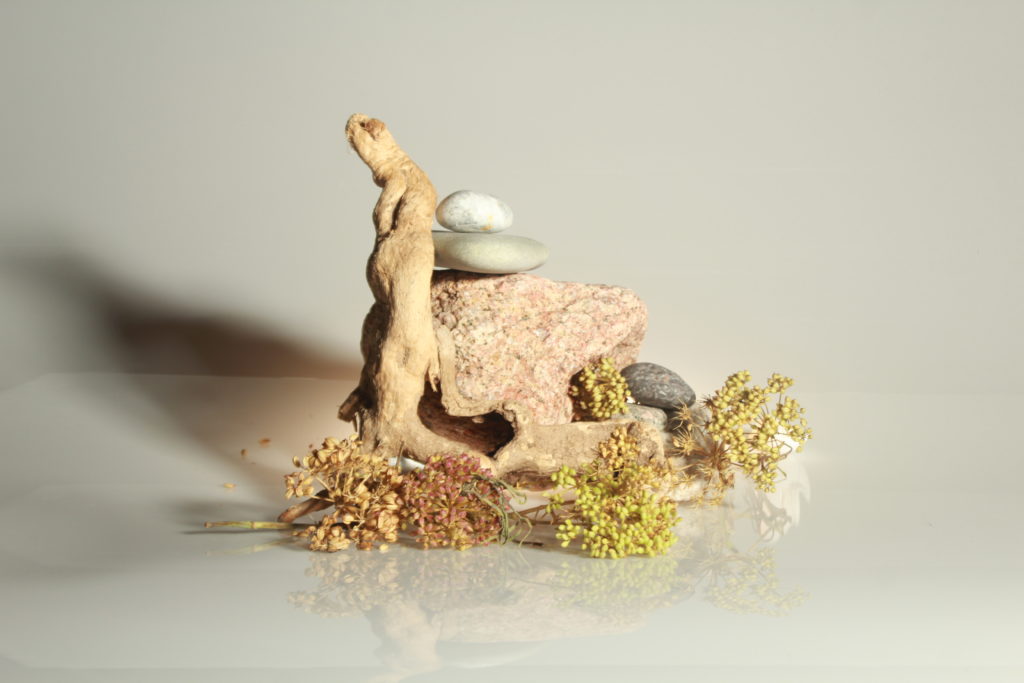
Lighting techniques
–Natural Light: this is light from outdoors- the sunlight will determine how your photos will be lit up as it isn’t something you can control.
–Artificial Light: this is light from things that use electricity or halogen gas to glow. Light rooms are typically used in photograph as the lamps are easy to control.
–Continuous Lighting: this is light that is constantly on, such as a torch. The thing you are photographing is always illuminated by the light. Natural light is continuous however studio light can also be set up as continuous.
-Strobe Lighting: this is light that creates a very short burst of light just as the photo is taken, illuminating the thing you’re photographing for a very short time. Also known as monolights, strobes have a quick recycle time and a full power output of anywhere from 100 to 1,000 watts. The only natural light that is strobe lighting is lightening, as it is a quick flash in the sky. Camera flashes are strobe lighting.
Experimentation:

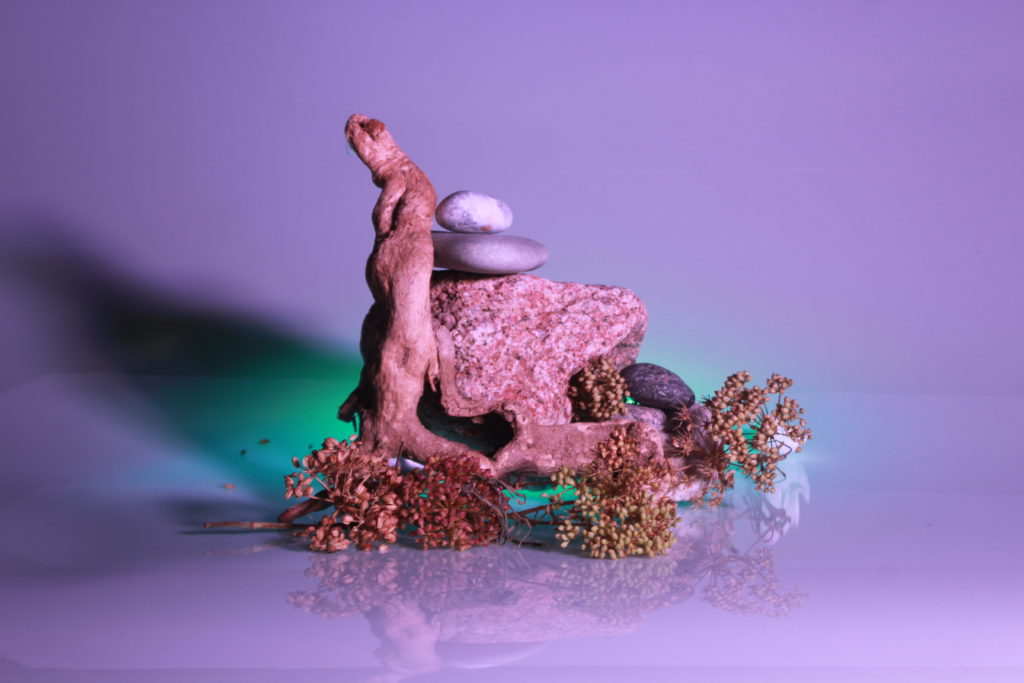
Shutter Speed
The shutter speed or exposure time is the length of time that the film or digital sensor inside the camera is exposed to light when taking a photograph. The amount of light that reaches the film or image sensor is proportional to the exposure time. 1⁄500 of a second will let half as much light in as 1⁄250.
Experimentation:



